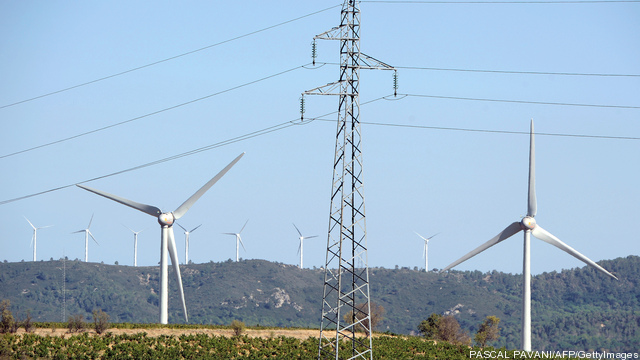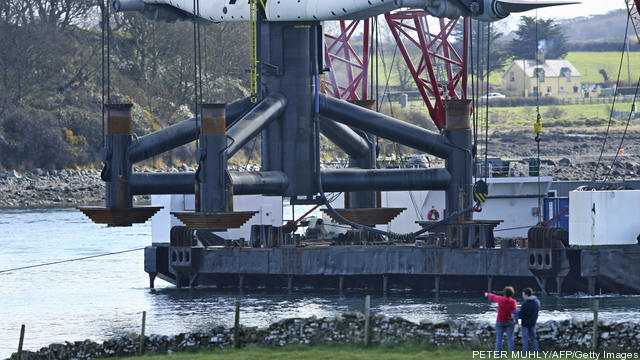
A new plan for deep cuts in carbon emissions from US power plants is designed to help counteract climate change and reduce health risks but could also lead to more job cuts in the beleaguered coal industry.
The environmental group Natural Resources Defense Council recently issued the proposal that would use existing technologies to cut generators’ carbon pollution by 26 percent by 2020 and 34 percent by 2025, also reducing emissions of other pollutants such as sulfur dioxide and nitrogen oxides. Keep reading →








 Duke Energy President and CEO Jim Rogers (3rd L) testifies with (L-R) Alcoa Inc. Global Issues Director Meg McDonald, Natural Resources Defense Council President Frances Beinecke and ConocoPhillips Senior Vice President Red Cavaney before the House Energy and Commerce Committee on Capitol Hill April 22, 2009 in Washington, DC.
Duke Energy President and CEO Jim Rogers (3rd L) testifies with (L-R) Alcoa Inc. Global Issues Director Meg McDonald, Natural Resources Defense Council President Frances Beinecke and ConocoPhillips Senior Vice President Red Cavaney before the House Energy and Commerce Committee on Capitol Hill April 22, 2009 in Washington, DC.